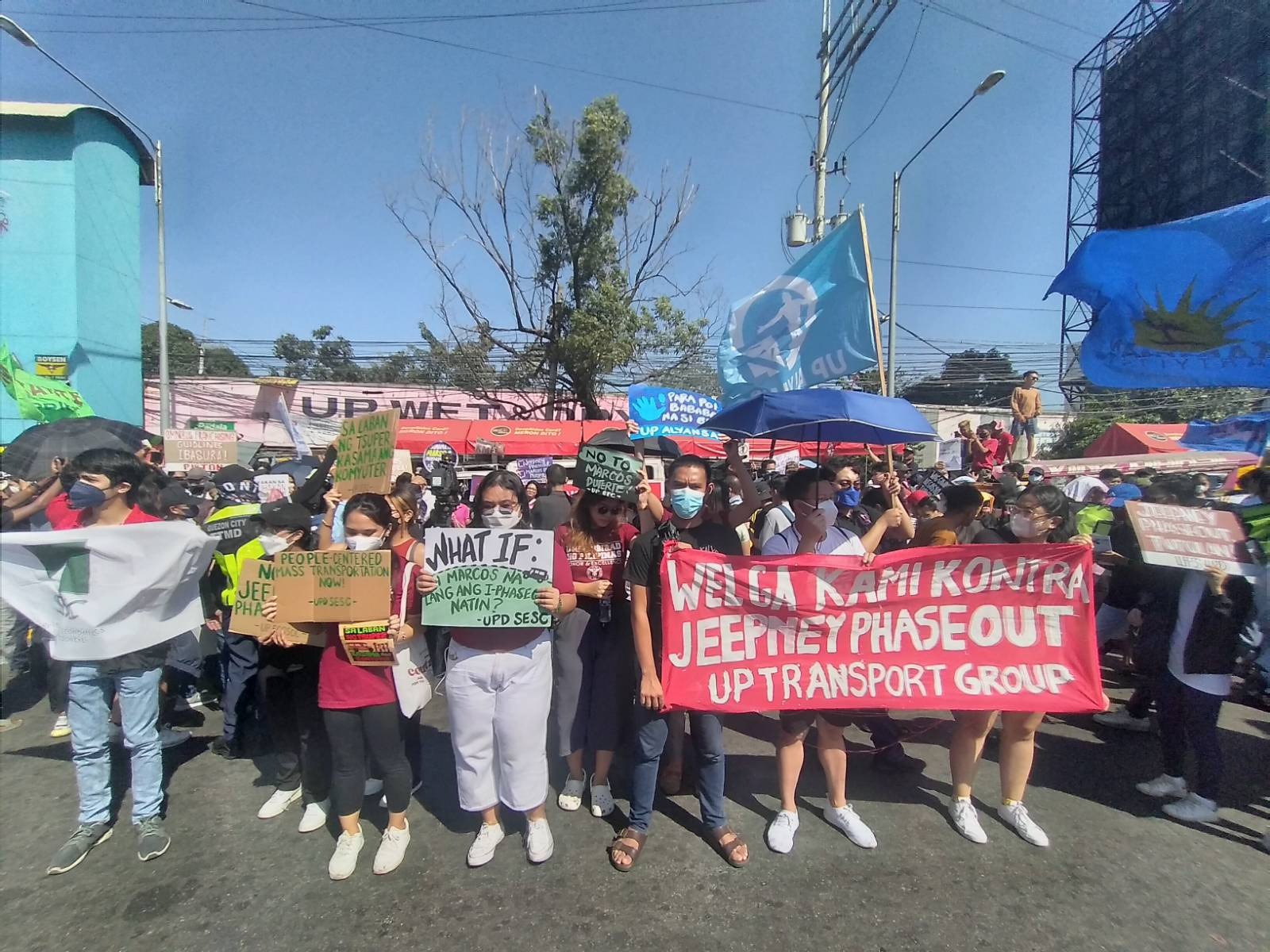Exactly How Transit Marketing Can Transform Public Transport Spaces Into Dynamic Advertising And Marketing Platforms
Transit marketing holds considerable potential to redefine mass transit rooms into vibrant advertising and marketing systems that inform and involve. By using innovative layouts such as digital displays and interactive booths, brand names can not just reach a diverse audience yet also boost the total commuter experience. This technique produces a special opportunity for brand names to connect with consumers in a setting that is typically neglected. As we discover the complex advantages and evolving techniques of transportation advertising and marketing, it raises the question of just how this transformation could redefine our communications with both brand names and the city atmosphere.
Advantages of Transportation Advertising

In addition, transportation advertising is extremely cost-efficient contrasted to conventional media. It enables advertisers to accomplish high impacts at reduced expenses, making best use of roi. The captive audience of commuters supplies an opportunity for brand names to convey their messages to people that are typically receptive during their traveling times.
Furthermore, the dynamic nature of transit advertising allows projects to be upgraded frequently, guaranteeing that messaging stays timely and relevant. This versatility can be critical in replying to market fads or advertising occasions, maintaining the brand name top-of-mind for customers. Finally, the pervasive presence of transit advertising adds to brand name recall; duplicated exposure within familiar travel contexts strengthens brand name recognition and cultivates consumer loyalty, ultimately driving sales and boosting brand name track record.
Sorts Of Transit Advertising And Marketing
Mass transit systems supply different styles for marketing, each satisfying various marketing methods and target market interaction techniques. One noticeable kind is exterior bus and train covers, which cover the entire automobile and develop a mobile billboard impact, permitting high presence in metropolitan environments. These covers can capture attention as they pass through active roads, reaching a diverse target market.
Another prominent style is interior marketing, that includes posters, electronic screens, and ads on transit seats. These positionings involve passengers during their trip, reinforcing brand messaging in a constrained room. Digital shows, specifically, provide the advantage of dynamic content, enabling marketers to update messages in real-time.
Station advertising is likewise substantial, including posters, banners, and interactive stands within transportation stations. These advertisements leverage foot web traffic and can target certain demographics based upon place.
Last but not least, promotional collaborations with transportation authorities can lead to one-of-a-kind projects, such as themed transportation experiences or events, improving the overall engagement with travelers. Each kind of transportation advertising and marketing provides distinctive advantages, allowing brand names to customize their technique to efficiently reach their target audience within the general public transportation community.
Involving Commuters Efficiently
Travelers are significantly flooded with advertising and marketing messages during their daily trips, making it vital for brand names to involve them in cutting-edge ways. To record interest in this jampacked area, marketers have to prioritize creative thinking and significance. Making use of captivating visuals and concise messaging can considerably enhance the possibility of involvement.
Interactive components, such as QR codes or augmented reality functions, can additionally transform fixed ads right into immersive experiences, fostering a deeper connection with the target market. Brands should concentrate on addressing commuters' demands and passions, tailoring messages to resonate with their way of life, whether with promos for local organizations or solutions designed to enhance their travelling experience.
In addition, timing plays a crucial function; purposefully putting advertisements during height commuting hours can make best use of visibility and influence. Engaging travelers efficiently also includes leveraging social networks combination, allowing guests to share their promos or experiences straight from transit platforms, consequently enhancing brand reach.
Fundamentally, effective involvement rests on recognizing the traveler journey and producing engaging, interactive, and appropriate advertising experiences that not only capture interest however also drive activity and loyalty. By doing so, brands can transform public transport into a vibrant advertising platform that resonates with its audience.

Measuring Marketing Effect
How can brands properly examine the performance of their advertising and marketing projects en route settings? Gauging the impact of transportation advertising requires a complex approach that integrates qualitative and measurable metrics. One prevalent approach is tracking engagement through mobile analytics, where brands can assess foot web traffic patterns and application communications before, throughout, and after projects.
Surveys can offer valuable understandings right into brand recall and consumer view, allowing brands to determine exactly how well their messages resonate with commuters. Additionally, monitoring social media engagement pertaining to particular campaigns can reveal changes in public assumption and brand name conversation.

Additionally, working together with transit firms can enhance measurement precision, as they usually possess detailed group information on ridership trends. By incorporating these methodologies, brand names can create a detailed understanding of their advertising and marketing efficiency, guaranteeing that their campaigns not just reach but also influence their target market effectively.
Future Trends in Transit Advertising
A considerable shift is prepared for in transportation advertising and marketing article source as technical improvements and altering consumer habits improve the landscape. Transit Advertising Philippines. The integration of digital displays and multimedias is anticipated to improve involvement, permitting brands to deliver vibrant web content that reverberates with diverse target markets. As public transportation systems accept wise technology, marketers will leverage real-time information analytics to tailor messages based on traveler demographics and behaviors
Furthermore, increased reality (AR) is poised to change the way travelers interact with advertisements. By providing immersive experiences, AR can transform an ordinary journey into an appealing story that records interest and promotes brand name loyalty. This advancement will likely motivate marketers to produce more experiential projects that drive customer interaction.
Sustainability is an additional vital pattern affecting transit marketing. As ecological awareness grows, brands will increasingly look for to align with environmentally friendly techniques, using lasting products and advertising environment-friendly campaigns within their projects.
Verdict
In verdict, transit advertising supplies considerable benefits by enhancing brand name visibility and involving a captive audience. Via various formats, such as exterior covers and digital displays, it changes public transportation into a vivid marketing platform. Efficient interaction methods and durable dimension techniques further intensify its influence. As patterns look here develop, the potential for ingenious communications between brand names and travelers is poised to expand, ensuring that transit advertising and you could look here marketing continues to be a vital component of contemporary advertising methods.
Transportation advertising and marketing holds significant capacity to redefine public transportation areas into lively advertising and marketing platforms that involve and inform. The pervasive presence of transit advertising and marketing contributes to brand recall; repeated exposure within familiar travel contexts reinforces brand understanding and cultivates customer loyalty, inevitably enhancing and driving sales brand name reputation.
Exactly how can brands accurately assess the effectiveness of their advertising projects in transportation atmospheres?In conclusion, transit marketing supplies substantial benefits by boosting brand name visibility and involving a captive audience. Transit Advertising Philippines. As fads develop, the potential for ingenious interactions in between travelers and brand names is positioned to grow, ensuring that transportation advertising and marketing stays a crucial part of modern-day marketing approaches